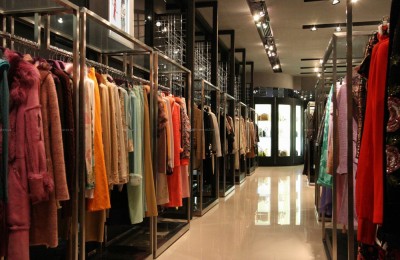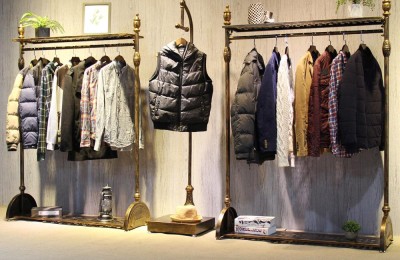Xinjiang Mongolian embroiderer: making intangible cultural heritage “trendy”
“Chirp, chirp, chirp, who is in charge of household weaving?” From the clothing design studio of Tuo Tuya, a Mongolian embroiderer in Bole City, Xinjiang, bursts of sewing machines came from ‘s voice, she was rushing to make an order of clothing.
Bole City, where Tuo Tuya lives and works, is located in the Bortala Mongolian Autonomous Prefecture of Xinjiang and is one of the main settlements of the Mongolian people in Xinjiang. Mongolian clothing is mainly composed of robes, hats, and waistcoats, with various accessories. It has a rich grassland style and is a precious intangible cultural heritage of China.
Recently, when the reporter came to Bole City to visit Tuo Tuya’s fashion design studio, she learned that many years ago, when she started her business, she visited old Mongolian artists everywhere and learned from them, hoping not to lose the tradition. , without losing their true character, and keeping the “ancestry” of Mongolian clothing. Tuo Tua told a reporter from China News Service that nowadays, more and more young people like national costumes and hope to wear them for work and travel. To make ethnic costumes “trendy” requires innovation and adding some “material” to the design.
The reporter saw in Tuo Tuya’s clothing design studio that design drawings were spread out on the table, integrating Mongolian elements with classic trendy elements. “We have improved the fabrics of national costumes, using materials such as velvet and linen to increase wearing comfort; we have boldly used Morandi colors such as haze blue in color, making traditional costumes from bright to soft, which is more in line with the trend. Daily wear needs.” Tuo Tua said.
Like Tuo Tua, more and more people are starting to set up ethnic costume workshops. Silver needles shuttled, colorful threads flew, and with the flip of the wrist, the exquisite Mongolian costumes were quietly completed in the hands of Wu Yinbilik, the Mongolian embroiderer.
Wu Yinbilik established an intangible cultural heritage protection company in 2014. Currently, it has 8 professional cooperatives.
She said that the cooperative now has more than 180 kinds of hand-made embroidery and tourist souvenirs. The workmanship is meticulous and the patterns are unique. They are deeply loved by people in surrounding counties and cities and are sold to Shanghai, Beijing and other places. At the same time, the cooperative has also trained more than 600 embroiderers. “In the future, I will lead more rural women to rely on Mongolian embroidery to become rich, and inherit cultural heritage such as Mongolian embroidery and Mongolian costumes.”
Dong Hua, director of the Xinjiang Bole City Cultural Center, told reporters that excellent traditional culture cannot be left in museums. Intangible cultural heritage can only be rejuvenated if it grows up with life and continues to be passed down. In recent years, Bole City has attached great importance to the protection and development of Mongolian costumes and Mongolian embroidery crafts. By organizing exhibitions, ethnic costume festivals, and training courses, the public has been able to feel the charm of intangible cultural heritage up close and make the intangible cultural heritage more accessible. “Live” and “tide”.
AAA
Disclaimer:
Disclaimer: Some of the texts, pictures, audios, and videos of some articles published on this site are from the Internet and do not represent the views of this site. The copyrights belong to the original authors. If you find that the information reproduced on this website infringes upon your rights, please contact us and we will change or delete it as soon as possible.
AA






